By-Products
GD Environmental takes pride in ensuring the safety and quality of all its byproducts. We have conducted comprehensive laboratory testing on each of our byproducts, including Biochar, Green Coal, Fly Ash Bricks, and others. These tests confirm that our products meet or exceed all relevant industry standards and regulatory requirements. The results demonstrate that our byproducts are safe, non-toxic, and environmentally friendly, making them suitable for a wide range of applications without posing any harm under normal usage conditions.
Key By-Products:
The Tri Fusion Reactor Gasifier Technology is designed not just for waste disposal but also for the efficient recovery of valuable byproducts. Each byproduct serves a specific purpose, contributing to environmental sustainability and resource conservation. Below is a detailed explanation of the key byproducts:
Hot Air
Hot Water

Greenhouse Heating
Hot Air/Water: Efficient Byproducts of the Tri Fusion Reactor Gasifier
Hot Air and Hot Water are significant byproducts of the Tri Fusion Reactor Gasifier, showcasing the system’s ability to maximize energy recovery from waste. These thermal byproducts are generated during the gasification and pyrolysis processes, where waste materials are converted into energy-rich gases and other valuable outputs.
The Hot Air produced can be utilized for various industrial applications, such as drying, space heating, and powering turbines for electricity generation. Similarly, the Hot Water can be harnessed for heating systems, process heating in industries, or even for use in district heating networks.
These byproducts not only enhance the overall efficiency of the waste-to-energy process but also contribute to reducing the need for additional energy inputs, making the Tri Fusion Reactor Gasifier a highly sustainable and environmentally friendly technology.
Applications
- The hot air produced can be utilized in industrial processes that require consistent and high-temperature heating. This includes applications such as drying, curing, and other thermal treatments, making it an energy-efficient solution for industries.
- Hot air and hot water can be harnessed to drive turbines in a cogeneration system, producing electricity. This method is highly efficient and contributes to reducing the dependency on conventional fossil fuels.
Hot water generated from the gasifier can be supplied to district heating systems, providing residential and commercial buildings with a reliable and sustainable source of heating, especially in colder climates.
- In agriculture, hot air can be used for crop drying, greenhouse heating, and soil sterilization, helping to enhance agricultural productivity and reduce post-harvest losses.
- The hot water byproduct can be used directly for water heating in residential or industrial settings. It can also be converted into steam for various industrial applications, including cleaning, sterilization, and power generation.
The efficient use of hot air and hot water from the Tri Fusion Reactor Gasifier not only supports energy conservation but also promotes sustainable practices across various industries.
Biochar

Biochar

Biochar from Coconut Shell

Moss Concrete Building
Biochar: A Sustainable Byproduct of the Tri Fusion Reactor Gasifier
Biochar is a carbon-rich byproduct generated through the Tri Fusion Reactor Gasifier process, where organic waste is subjected to high temperatures in an oxygen-limited environment. This process not only converts waste into energy but also produces biochar, a stable form of carbon that offers numerous environmental benefits.
Biochar is highly valued for its ability to enhance soil fertility by improving water retention, nutrient absorption, and microbial activity. Additionally, it plays a crucial role in carbon sequestration, as the carbon stored in biochar can remain stable in the soil for hundreds to thousands of years, thereby reducing greenhouse gas emissions.
As a versatile and sustainable byproduct, biochar from GDEPL’s Tri Fusion Reactor Gasifier is a key component in our mission to create environmentally responsible solutions for waste management.
Applications
- Biochar is widely used as a soil conditioner to enhance soil fertility, water retention, and microbial activity. It improves crop yields and reduces the need for chemical fertilizers, contributing to sustainable agriculture.
- Due to its stable carbon structure, biochar can sequester carbon in soils for hundreds to thousands of years, helping to mitigate climate change by reducing atmospheric CO2 levels.
The porous nature of biochar makes it effective in filtering pollutants from water. It is used in wastewater treatment and as a component in filtration systems to remove contaminants.
- Biochar is sometimes added to animal feed to improve digestion and reduce methane emissions from livestock, further contributing to environmental sustainability.
- One of the innovative applications of biochar is in the production of moss-growing concrete. By incorporating biochar into concrete mixes, the material becomes more porous, creating an ideal environment for moss growth. This biochar-enhanced concrete not only supports green architecture but also improves urban air quality and reduces the urban heat island effect.
Biochar’s versatility and environmental benefits make it a valuable byproduct of the Tri Fusion Reactor Gasifier, offering solutions that range from agricultural improvements to innovative construction materials like moss-growing concrete.
Green Coal
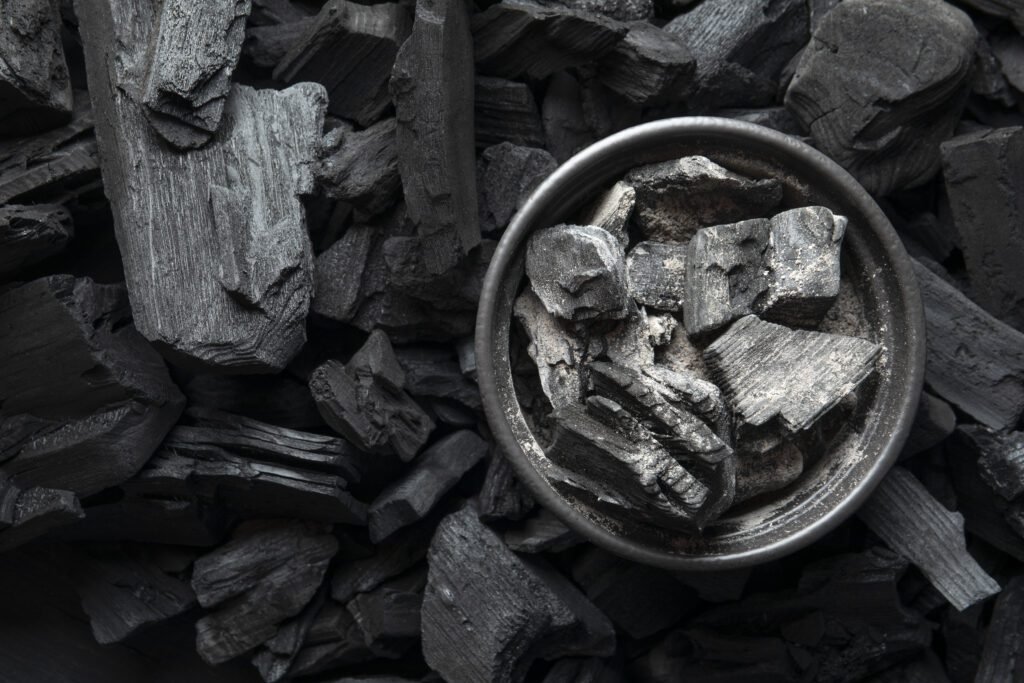
Green Coal
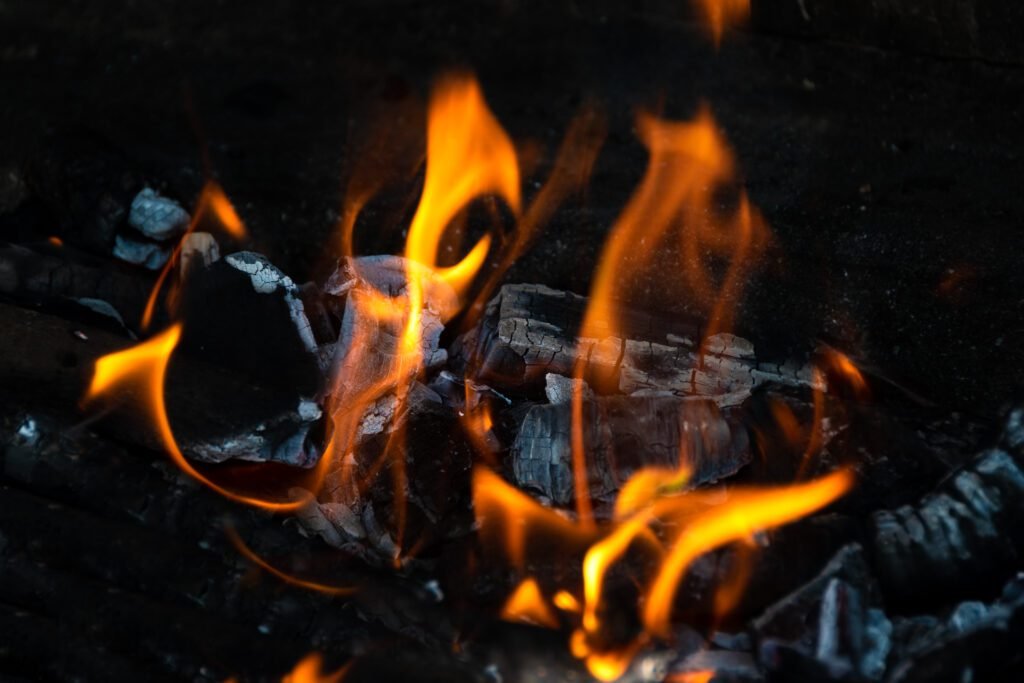
Green Coal Burning

Soil Amendment
Green Coal: An Eco-Friendly Byproduct of the Tri Fusion Reactor Gasifier
Green Coal is an innovative and environmentally friendly byproduct of the Tri Fusion Reactor Gasifier process. Produced from the gasification and pyrolysis of organic waste, Green Coal serves as a cleaner alternative to conventional fossil fuels. This carbon-rich fuel is created by converting waste materials, such as municipal solid waste, biomass, and other organic residues, into a stable and high-energy coal-like substance.
Green Coal is characterized by its low emissions and high calorific value, making it a sustainable energy source for industrial heating, power generation, and other applications. Unlike traditional coal, Green Coal contributes to reducing carbon footprints and supports the transition to greener energy solutions.
As a byproduct of GDEPL’s Tri Fusion Reactor Gasifier, Green Coal exemplifies our commitment to turning waste into valuable resources while promoting a circular economy and minimizing environmental impact.
Applications
- Green Coal serves as a clean-burning alternative to traditional coal, making it suitable for use in industrial furnaces, boilers, and kilns. It offers a more sustainable energy source for manufacturing processes.
- Green Coal can be used in power plants as a renewable fuel to generate electricity, reducing the reliance on fossil fuels and lowering greenhouse gas emissions.
In the cement industry, Green Coal can be used as a substitute for conventional coal, contributing to lower emissions and more sustainable production practices.
- Green Coal is ideal for use in heating systems, particularly in regions where biomass or other renewable sources are scarce. It provides a reliable and consistent heat source with a smaller environmental footprint.
- The carbon-rich nature of Green Coal makes it useful as a soil amendment in agriculture, improving soil quality and promoting sustainable farming practices.
Green Coal is a versatile and environmentally friendly fuel option that supports various industries in their efforts to reduce carbon emissions and promote sustainable energy solutions.
Sty Paint
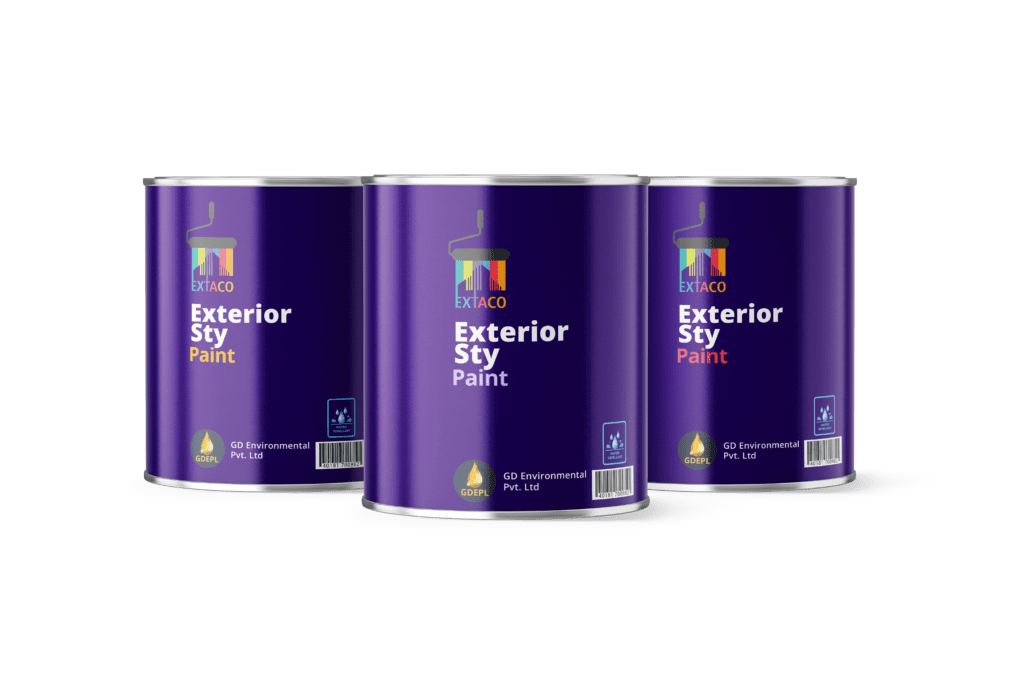
Exterior 5 Litre
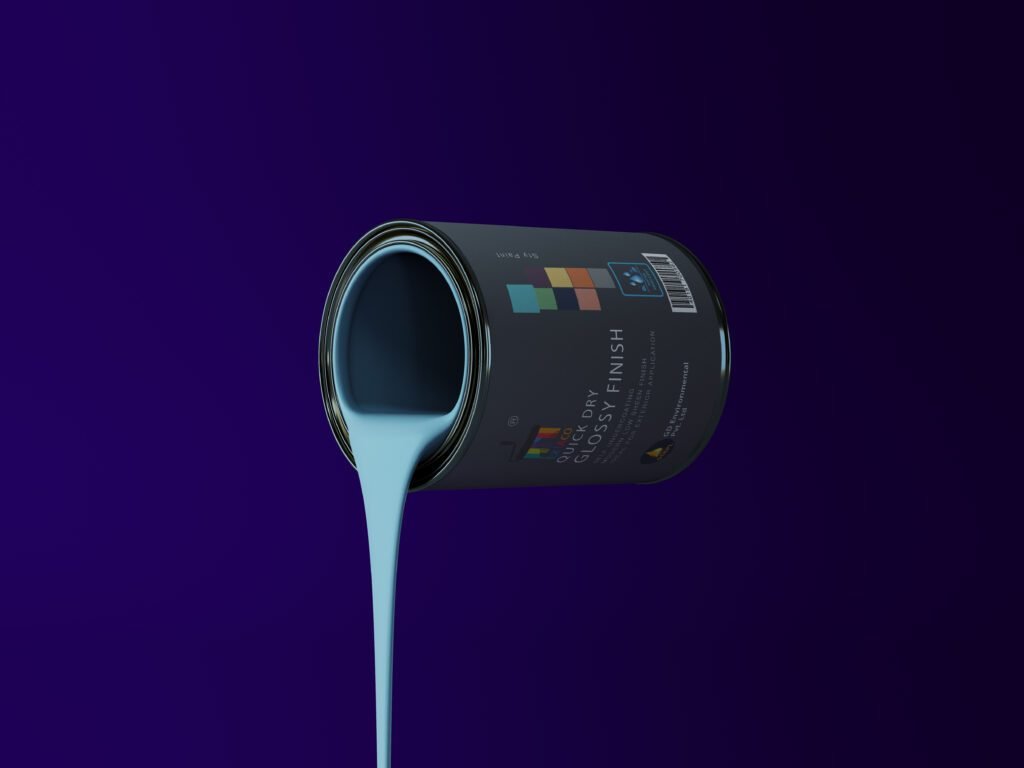
Exterior Decorative
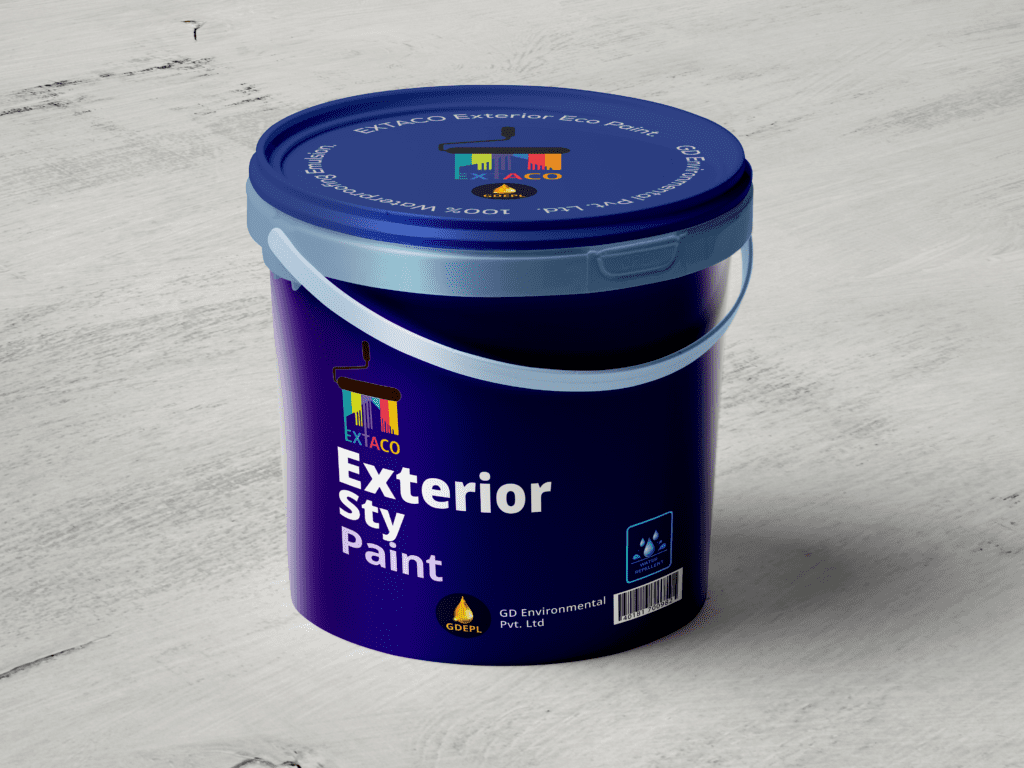
Exterior 20 Litre
Sty Paint: An Innovative Byproduct of the Tri Fusion Reactor Gasifier
Sty Paint is a unique and eco-friendly byproduct generated from the Tri Fusion Reactor Gasifier process. Derived from processed waste materials, this specialized paint is designed for external use and is particularly effective in waterproofing and protecting surfaces.
Sty Paint is formulated using components that emerge from the gasification and pyrolysis of various waste streams, transforming what would otherwise be discarded into a valuable product. It provides durable coverage, helping to protect structures from weather-related wear and tear while also contributing to sustainability efforts by repurposing waste.
GDEPL’s innovation in creating Sty Paint highlights the company’s dedication to minimizing waste and maximizing the utility of all byproducts, showcasing the potential for industrial byproducts to be utilized in practical, everyday applications.
Applications
- Sty Paint is primarily used for exterior surfaces, providing a protective and weather-resistant coating for buildings, walls, and other structures.
- Due to its composition, Sty Paint is excellent for waterproofing solutions. It can be applied to roofs, terraces, and other surfaces exposed to moisture, ensuring long-lasting protection.
- In industrial settings, Sty Paint can be used to coat equipment, storage tanks, and other infrastructure, offering resistance to corrosion and harsh environmental conditions.
- Beyond its protective qualities, Sty Paint can also be used for decorative finishes, enhancing the appearance of external walls and structures with a range of colors and textures.
- As an eco-friendly product, Sty Paint is ideal for sustainable building projects, contributing to the reduction of environmental impact by utilizing waste materials in its production.
Sty Paint not only offers a practical solution for protection and decoration but also aligns with green building practices, making it a valuable byproduct of the Tri Fusion Reactor Gasifier.
Fly Ash Bricks

Pavement Block

Wall
Fly Ash Bricks: Sustainable Construction Material from the Tri Fusion Reactor Gasifier
Fly Ash Bricks are an eco-friendly and durable byproduct of the Tri Fusion Reactor Gasifier process. Produced from the residual fly ash generated during gasification, these bricks offer a sustainable alternative to traditional clay bricks used in construction.
Fly ash, a fine powdery residue, is combined with other materials and molded into bricks that are not only strong and long-lasting but also help reduce the environmental impact associated with conventional brick-making. The use of Fly Ash Bricks contributes to reducing landfill waste, conserving natural resources, and lowering the carbon footprint of construction projects.
These bricks are particularly well-suited for pavement construction and external wall cladding, providing a practical and green building solution that aligns with modern sustainability standards.
Applications
- Fly Ash Bricks are widely used in the construction industry for building walls, foundations, and various structural elements. Their strength and durability make them an excellent alternative to traditional clay bricks.
- Due to their robustness, Fly Ash Bricks are ideal for creating pavement blocks and other hardscaping elements, providing a long-lasting solution for outdoor surfaces.
- These bricks can be used for external wall cladding, offering a cost-effective and aesthetically pleasing option for building facades.
- Fly Ash Bricks are often utilized in large infrastructure projects, including bridges, tunnels, and roadways, where their strength and resistance to weathering are advantageous.
- As an eco-friendly building material, Fly Ash Bricks are increasingly favored in green building projects, contributing to sustainability and reduced environmental impact.
Fly Ash Bricks not only provide a practical construction solution but also help in reducing waste and conserving natural resources, making them a key component of sustainable development practices.
Fuel / Green Coal Pellets
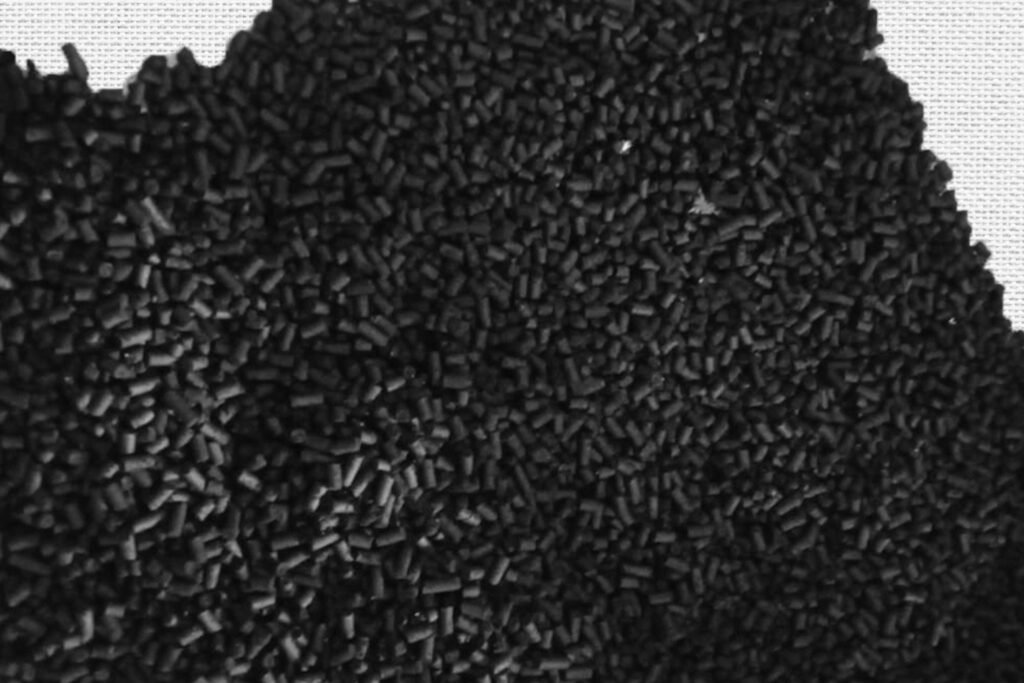
Fuel Pellets
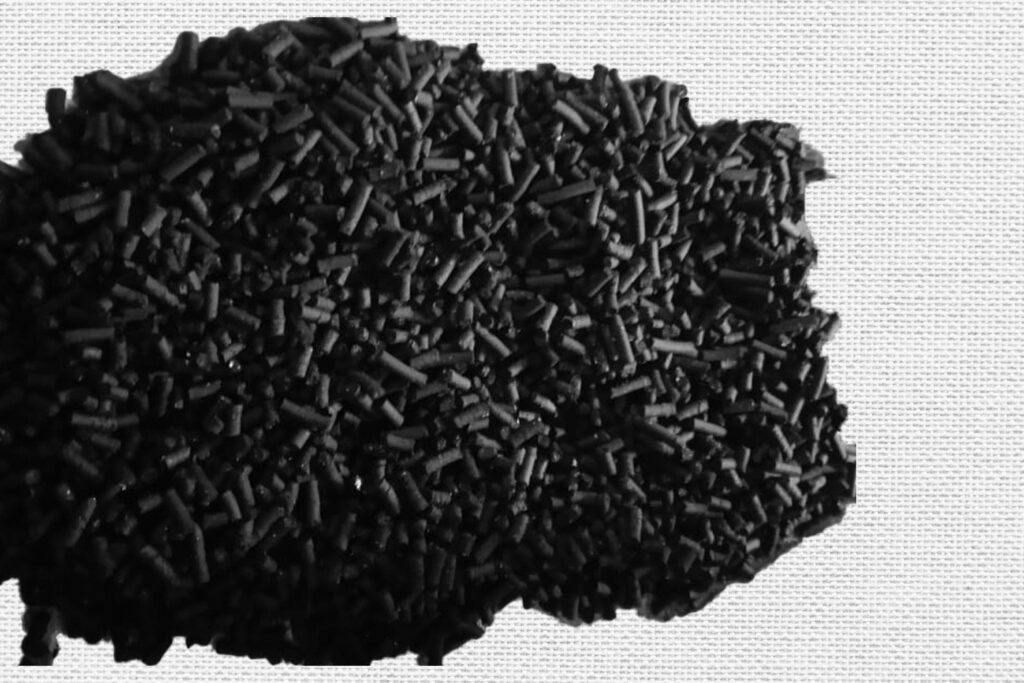
Fuel Pellets
Fuel Pellets / Green Coal Pellets: Renewable Energy Source from the Tri Fusion Reactor Gasifier
Fuel Pellets, also known as Green Coal Pellets, are a valuable byproduct of the Tri Fusion Reactor Gasifier. These pellets are produced by compressing organic residues and carbonized materials, resulting in a dense, energy-rich fuel that serves as a renewable alternative to conventional fossil fuels.
The production process involves the conversion of waste materials, including biomass and other combustible waste, into high-calorific-value pellets. These Green Coal Pellets can be used for various energy applications, such as industrial heating, power generation, and as a substitute for coal in boilers and furnaces.
Their compact size and uniform shape make them easy to transport and store, while their low moisture content ensures efficient combustion with minimal emissions. By utilizing these pellets, industries can significantly reduce their reliance on non-renewable energy sources, lower greenhouse gas emissions, and contribute to a more sustainable energy future.
Applications
- Green Coal Pellets can be used as an alternative to traditional fossil fuels in industrial boilers and furnaces, providing a cleaner and more sustainable energy option.
- These pellets are ideal for use in biomass power plants, where they are burned to generate electricity, contributing to the reduction of carbon emissions.
- Green Coal Pellets can be used in residential and commercial heating systems, such as pellet stoves and boilers, offering an eco-friendly heating solution.
- In the cement industry, Green Coal Pellets can be used as a supplemental fuel, helping to lower the carbon footprint of cement manufacturing processes.
- The ash generated from burning these pellets can be repurposed as a soil amendment in agriculture, enhancing soil health and productivity.
Green Coal Pellets are not only a sustainable energy source but also contribute to waste reduction by turning organic residues into a valuable product, promoting a circular economy.
Drop in Fuel / Oil
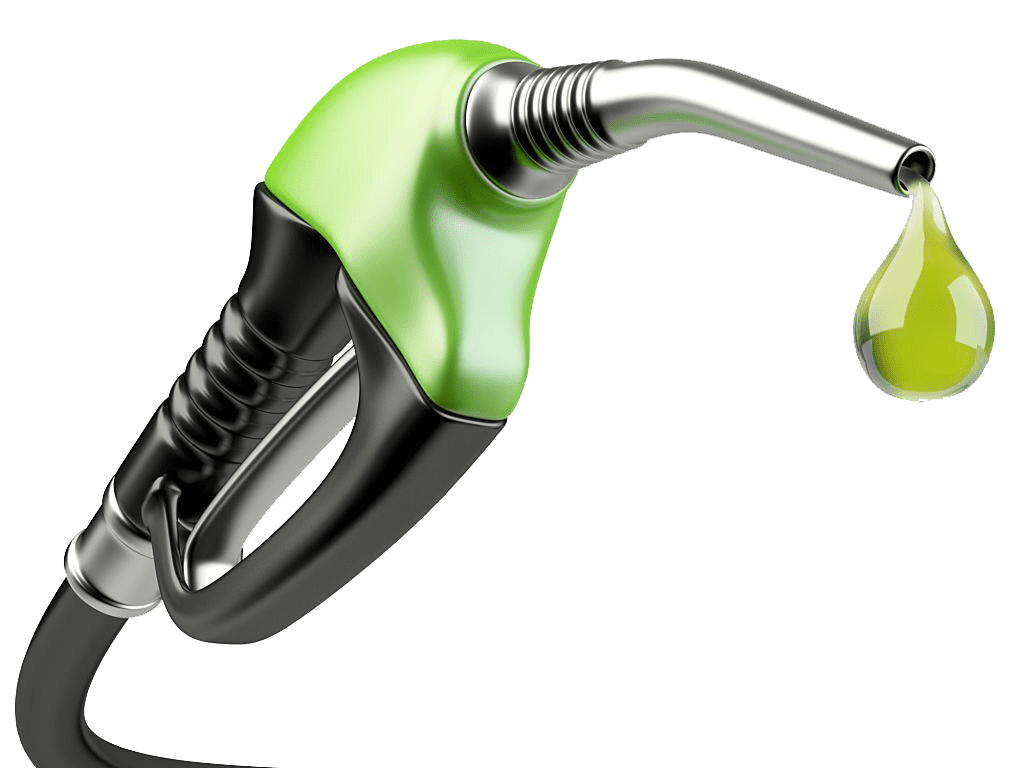
Diesel
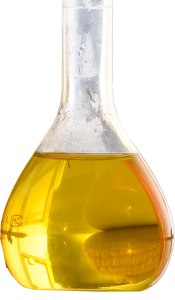
Oil
Drop-in Fuel/Oil: High-Quality Byproduct of the Tri Fusion Reactor Gasifier
Drop-in Fuel, also referred to as Oil, is a premium byproduct of the Tri Fusion Reactor Gasifier. This fuel is produced through the pyrolysis of various waste materials, including plastics and other organic residues. The process transforms these waste streams into a liquid fuel that is chemically similar to conventional diesel, making it suitable for direct use in diesel engines, generators, and industrial burners.
This fuel meets stringent environmental standards and can be used as a substitute for traditional fossil fuels, helping reduce the carbon footprint and reliance on non-renewable energy sources. The Drop-in Fuel produced by the Tri Fusion Reactor Gasifier is a versatile and sustainable energy solution, providing a cleaner alternative that aligns with modern environmental goals and regulatory requirements.
Drop-in Fuel, also known as Oil, is a versatile and high-quality byproduct of the Tri Fusion Reactor Gasifier, with a range of applications across various industries:
Applications
- Drop-in Fuel can be used as a direct substitute for conventional diesel in vehicles, offering a sustainable alternative that reduces dependence on fossil fuels and lowers greenhouse gas emissions.
- This fuel is ideal for use in industrial burners and boilers, providing efficient energy for manufacturing processes while maintaining compliance with environmental regulations.
- Drop-in Fuel can power diesel generators, making it a reliable energy source for electricity generation in off-grid locations or as a backup during power outages.
- Farms and agricultural operations can use this fuel to power tractors, harvesters, and other machinery, supporting sustainable farming practices.
- The fuel is suitable for use in marine engines, contributing to the reduction of emissions in the shipping and fishing industries.
- Drop-in Fuel can be used for heating residential, commercial, and industrial spaces, providing an eco-friendly alternative to traditional heating fuels.
By integrating Drop-in Fuel into these applications, industries can achieve greater sustainability, reduce operational costs, and contribute to a cleaner environment.
Synthetic Gas (Syn Gas)

Syn Gas

Cooking Alternative
Synthetic Gas (Syngas): Versatile Byproduct of the Tri Fusion Reactor Gasifier
Synthetic Gas, commonly known as Syngas, is a valuable byproduct of the Tri Fusion Reactor Gasifier. Composed primarily of hydrogen, carbon monoxide, and a small amount of carbon dioxide, Syngas is a versatile energy source with numerous industrial applications:
By leveraging Syngas, industries can enhance their energy sustainability, reduce reliance on fossil fuels, and contribute to a lower-carbon economy.
Applications
- Syngas can be used to generate electricity in gas turbines or internal combustion engines, providing a clean and efficient energy solution.
- It serves as a key feedstock in the chemical industry for producing methanol, ammonia, and other valuable chemicals.
- Syngas can be utilized as a fuel in various industrial processes, including steel manufacturing, cement production, and glassmaking.
- It can be employed as a fuel for heating in industrial boilers or for cooling in absorption refrigeration systems, contributing to energy efficiency.
- Syngas can be further processed to create synthetic fuels, such as synthetic natural gas (SNG) or Fischer-Tropsch liquids, offering an alternative to conventional fossil fuels.
These byproducts from the Tri Fusion Reactor Gasifier Technology are not only valuable in their own right but also represent a significant step towards sustainable waste management and resource recovery. By transforming waste into useful products, GDEPL’s technology supports a circular economy, where resources are continually reused and recycled, minimizing environmental impact and promoting sustainability.

